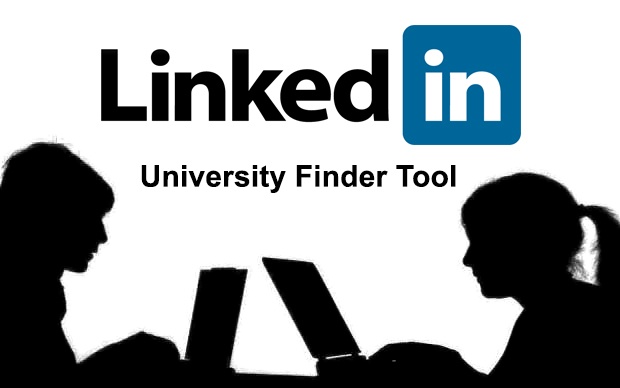
In last week's post, we gave you an international student's user perspective of LinkedIn’s University Finder tool (thank you for all the positive feedback by the way).
For those of you wanting more digital marketing perspective... Join us in Miami at the ICEF pre-conference Global Marketing Seminar for Education Institutions. We hope to see you there.
This week, we check back in with our international marine engineer, Steven, to see what is driving his decisions about graduate study. Steven is looking for international and US universities with a master’s program in engineering and project management. His LinkedIn search yielded an intriguing list of institutions. In this post, we share Steven’s thoughts on the functionality of the tool and the effectiveness of the universities’ LinkedIn pages that he visited.
Bottom Line: International students seeking to study abroad have far too many choices and need tools like LinkedIn to narrow the field and focus their decision making. Your institution needs to be represented well here to take advantage of the free marketing LinkedIn is providing. Little known universities stand to gain the most.
In Steven’s search, we took note of the fact that the masses of data this program uses do not account for specific components of campus life. Some of the results were far outside of what he was looking for. Still, Steven says using the University Finder was a good start to his search. In the end he felt the tool was fun and provided him with a nice overview of the academic landscape relevant to his interests. Overall a great starting point.
As a fast refresher: LinkedIn's University Finder provides a list of criteria for the user to fill out regarding an area of study, a prospective career path and a geographic location. From that, the tool combs LinkedIn’s database of users to find schools that meet the needs of the user.
For a domestic student searching for US schools only, the tool provides a basic overview of universities that were likely on their list already. For an international student with much less perspective on the 4,000+ US universities, this tool introduces countless new options. There were many institutions on the list that Steven had never heard of. He explained that some universities were immediately familiar but some were completely new to him, and he was intrigued.
The US has far more universities than any other country in the world. This fact, in and of itself, drives so many students to the university rankings we all love to hate. Those rankings, at the very least, give international students a pared down list to consider -- far easier than wading through a list of 4,000 and trying to figure out where to start.
So, back to Steven's experience. Living in the Netherlands, you generally only hear of big name universities and this obviously leaves a large number of universities out of the equation. Naturally, the new options were exciting and we were able to look into some options that he had not considered.
Of course, there are times when data driven tools will not allow for a user's unique circumstances. While the LinkedIn tool wants to know the companies where you would like to work as part of its algorithm, Steven is not set on a place of employment. Still, to humor LinkedIn and get a better view of the tool, he selected the Dutch company, Heerema Marine Contractors, as a potential employer.
When he selected this company, there was no chance of finding a US university in his results. This was not because US universities do not offer the education or experience necessary to work at Heerema or that Heerema would not hire a Master’s graduate from the US. It only means that no one working at Heerema has a LinkedIn profile AND works in engineering.
In contrast, when Steven selected the larger Dutch company Royal Shell, many US universities showed up in the results because their engineers had created LinkedIn profiles. The LinkedIn algorithm considers that if a company's employees have LinkedIn profiles, then the schools they went to must be a good fit for getting you that kind of job. There's a logic to that, howeever skewed it may be.
After reviewing the list of schools provided by the University Finder tool, Steven checked out their LinkedIn pages to learn more about them. However, he was disappointed that some of these pages lacked helpful information targeted to the prospective student about admissions, programs and life on campus. A lot the information he found was directly targeted toward alumni engagement. Additionally, some schools did not provide contact information to request materials about certain programs, which was off-putting.
Though LinkedIn is a great social space for alumni to connect with their alma mater and classmates, prospective students should not be forgotten. A great article on HubSpot that Intead mentioned in a March blog post, lists some of the universities that are getting their LinkedIn pages right for all of their audiences. If your institution has a LinkedIn page (we hope the answer is yes), PLEASE take a look at the universities that are getting it right. These are great examples worth stealing...we mean mimicing.
As LinkedIn’s University Finder becomes more valued by the career-conscious international student, it will be increasingly important for universities to create great LinkedIn pages that cater to prospective students, not just their alumni. Both are important audiences—you don’t want your LinkedIn page miss an opportunity to connect with either.
Going forward, Intead will be publishing more about the data available through LinkedIn. We have a few surprises in store. Stay tuned.

